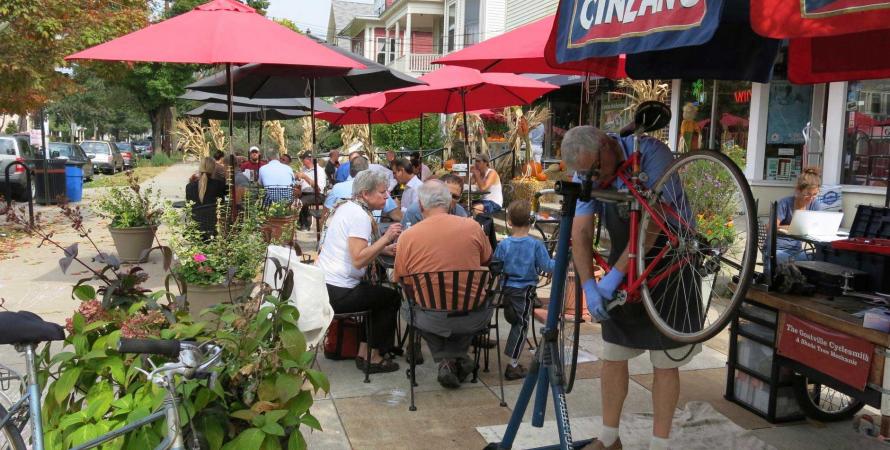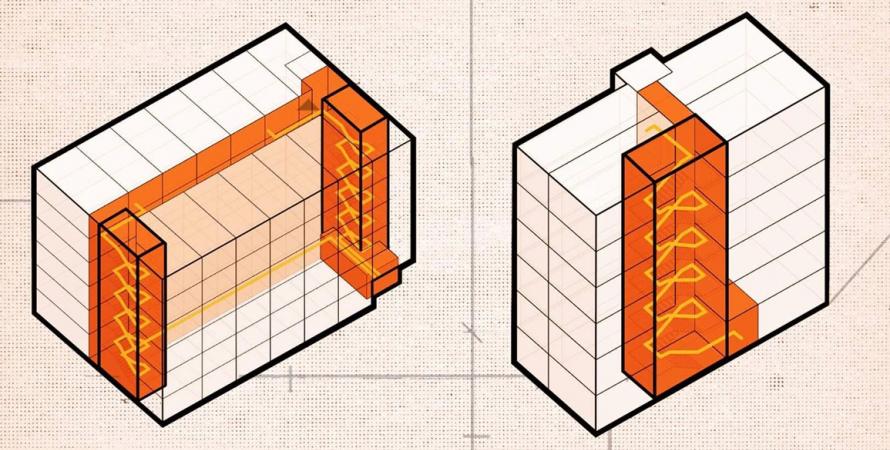-

Downtown Daybreak opening a mixed-use urban center
The 200-acre downtown for the largest new urban community culminates a plan that grew out of a regional planning effort to reimagine the Wasatch Front metropolis.Daybreak in South Jordan, Utah, is the largest new urban development with 30,000 residents and is opening what may be the biggest new urban downtown to date. As of 2025, Downtown Daybreak features a new Triple-A ballpark for the Salt Lake Bees, an amphitheater, a performing arts center, a large...Read more -

Living in a walkable place reduces dementia
If you want to keep your marbles as you age—it pays to live in a place where you can walk, ride a bike, and move naturally.We should be planning and developing walkable neighborhoods for many reasons—rather than promoting car-oriented subdivisions, which have been the default method of outward city expansion for seven decades. New studies come out all the time, all pointing in the same direction—walkability benefits...Read more -

New urbanists must have a voice in LA fire recovery
Walkable neighborhoods and buildings that frame the public realm should be part of any fire rebuilding effort in Pacific Palisades and Altadena—experts comment on fire recovery and urbanism.A former FEMA director said the recent LA fires are the city’s “Hurricane Katrina. ” That’s probably true, but new urbanists are unlikely to play a similar role that they did in 2005 when they led the Mississippi Renewal Forum to replan the entire Gulf Coast of the state. The situations are far...Read more -

Single stairs do not put residents at risk
A new study of multifamily buildings shows that those with a single stairwell are just as safe as those with two sets of stairs. This could be a key to more infill, missing middle housing.New urbanists have typically focused on code changes that impact the outside of buildings, their density and use, and the way they address the public realm. But sometimes, inside-the-building codes have a major impact on how buildings are expressed on the outside—and thus, the form of the city...Read more